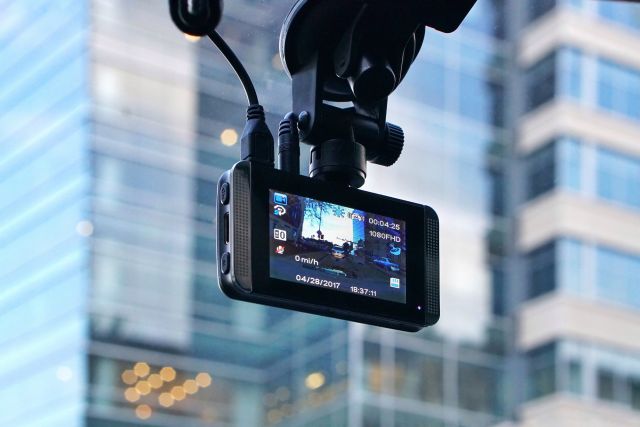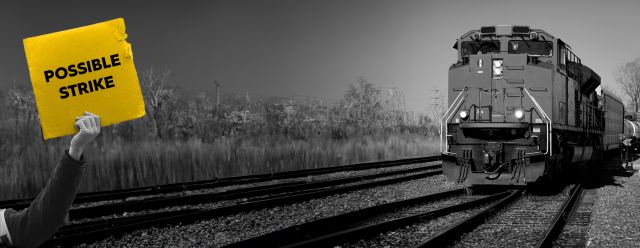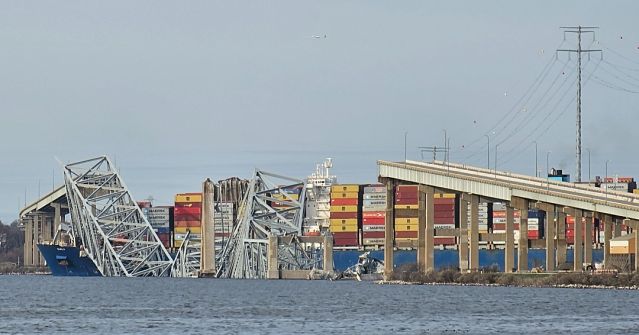Over the past few months, we have shared news and industry updates as technological
advancements and mandates are making significant changes to the trucking industry as
a whole. As warmer temperatures spread across North America once again, we turn our
attention to another summer of delivering products and goods. One technological advancement which is becoming increasingly more common and is garnering greater attention is the use of dashboard cameras, created to record routes, driving habits, and capture incidents amongst motorists.
Dashboard cameras have been an attractive asset for drivers in countries such as Russia
and China for years, but they are slowly becoming a standard addition to vehicles across
North America. Designed to provide video recordings of driving footage, dashboard
cameras were first used by police to monitor and record driver behaviour. Now, many
motorists are implementing dashboard cameras as a way to protect themselves against
insurance fraud, vehicle tampering, and inaccurate accusations of traffic violations.
Truck drivers and fleet operators have seen the potential for dashboard cameras, and
although not mandatory, they are making their mark in the trucking industry.
Benefits of Dashboard Cameras
Although dashboard cameras were first met with resistance, many have changed their
views of this technology based on the incredible benefits that they offer. In addition to
capturing audio and visual recordings, they provide insight into driving behaviour,
speed, and routes. This information is incredibly useful in assessing vehicle operators
and their driving skills, and identifies key areas of concern which can be addressed during
the training and on-boarding of drivers new to the industry!
Dashboard cameras vary in price, but high-end models provide additional features such
as GPS and two-way recording, allowing the device to record the driver as well. If a
dashboard camera detects that the vehicle has swerved, the driver’s actions are also
recorded, allowing fleet operators and insurance providers to determine if the driver
was reacting to the flow of traffic or was distracted by an item or device within the truck
itself.
Additional Protection
Dashboard cameras are gaining in popularity amongst drivers as video recordings can
help law enforcement officials identify and locate dangerous motorists, and record accidents
whether or not they involve the operator of the vehicle itself. Dashboard camera
footage can be used to deny an inaccurate claim and protect drivers from insurance
fraud. In order to never miss a moment of audio or visual recording while the truck is in
operation, dashboard cameras overwrite older files once the memory card is full, providing
an endless loop of video recordings. Files that have captured a collision or have detected
any damage made to the vehicle are automatically stored in a separate area to
prevent the footage from being overwritten. They also include a date and time stamp,
further allowing drivers to present their digital recordings as evidence in an insurance
claim.
Many argue that despite the benefits of these recordings, dashboard cameras themselves
can contribute to distracted driving. While that is correct, several models of these cameras
are easy to install and use. Many feature a built-in system that turns off the screen,
limiting the effects of distracted driving as well.
As of 2015, there were 33,168,805 registered vehicles in Canada, 11,685,875 of which in
the province of Ontario alone. With a large number of cars on the road, it is becoming
even more important to harness technology to increase driver safety and reduce dangerous
driving in Canada and on highways across North America.
Dashboard cameras are not mandatory at this time, but if they continue to benefit drivers
and aid in fighting distracted and reckless driving, they may become a welcome addition
to fleets across North America.



